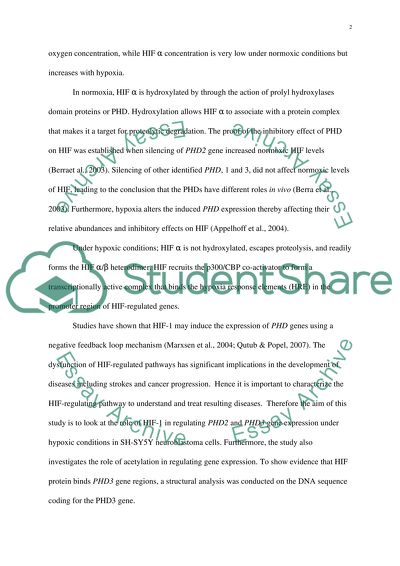Cite this document
(“Hypoxia-inducible factor Essay Example | Topics and Well Written Essays - 1250 words”, n.d.)
Retrieved from https://studentshare.org/biology/1553147-hypoxia-inducible-factor
Retrieved from https://studentshare.org/biology/1553147-hypoxia-inducible-factor
(Hypoxia-Inducible Factor Essay Example | Topics and Well Written Essays - 1250 Words)
https://studentshare.org/biology/1553147-hypoxia-inducible-factor.
https://studentshare.org/biology/1553147-hypoxia-inducible-factor.
“Hypoxia-Inducible Factor Essay Example | Topics and Well Written Essays - 1250 Words”, n.d. https://studentshare.org/biology/1553147-hypoxia-inducible-factor.


